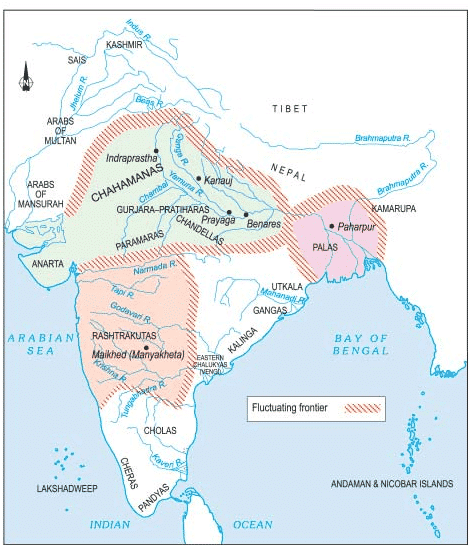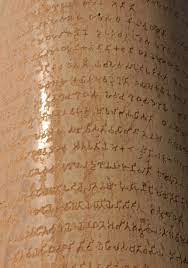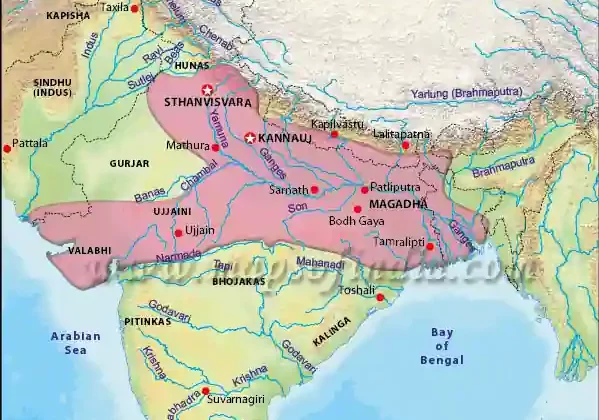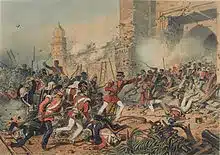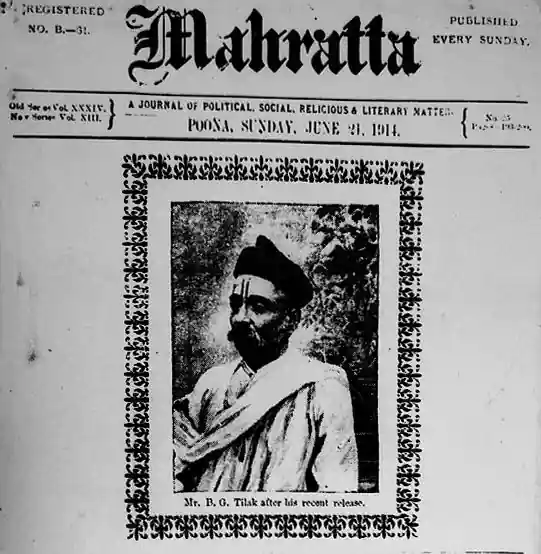Golden Age of India
The period between 4th and sixth century CE is known as the Golden Age of India because of the considerable achievements of Indians in the fields of mathematics, astronomy, science, religion and philosophy during the Gupta Empire. The decimal numeral system, including the concept of zero, was invented in India during this period. The peace and prosperity created under the leadership of the Guptas enabled the pursuit of scientific and artistic endeavors in India.
During the peak of its powers, the Gupta Empire covered nearly all of the Indian subcontinent. Gupta rulers acquired much of the land previously held by the Mauryan Empire, and peace and trade flourished under their rule. Historians have said it to be the golden age of India. This Golden Age of India came to an end when the Hunas invaded the Gupta Empire in the 6th century CE.
Important Elements of Golden age in the Gupta period (320-550 AD)
Polity: Golden Age of India
- With the decline of Mauryan Empire, the unity and integrity of India shattered. The central authority disappeared and regional principalities emerged everywhere.
- This trend was reversed by emergence of Gupta rulers in 4th Century AD. They ruled over extensive empire with their capital at Pataliputra.
- Therefore, the Gupta age witnessed political unification of India after long period of more than 500 years after the decline of Mauryans.
- A number of strong and efficient rulers came to power during Gupta period. For example, Chandragupta I, Samudragupta, Chandragupta II and Skandgupta ruled over extensive empires.
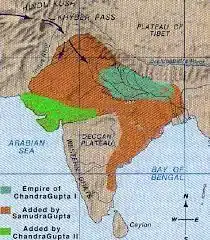
Economy: Golden Age of India
- Gupta age was full of economic prosperity. According to Chinese traveller Fa-hien Magadh, the power centre of Gupta empire was full of cities and its rich people.
- In ancient India, the Guptas issued the largest number of gold coins which were called ‘dinaras’ in their inscriptions.
Art and Literature: Golden Age of India
- Gupta rulers were patrons of art and literature. For example, Samudragupta was represented on his coins playing the vina and Chandragupta II is credited with maintaining in his court nine luminaries.
- Cave temples were mainly built in the Gupta era. Famous cave temples of Ajanta and Bagh were made by cutting into rocks and were mainly Buddhist temples.
- Cave temples of Udaygiri, which represented the Hindu culture.
- During the Gupta age beautiful images of Buddha were fashioned at Sarnath and Mathura, but the finest specimens of Buddhist art in Gupta times are the Ajanta paintings. Although these paintings covered the period from the first century BC to the seventh century AD, most of them relate to Gupta times.
- A copper statue of Lord Buddha in Sultanganj, Bihar.
- The Gupta age is remarkable for the production of secular literature. For example Kalidasa belonged to this age. He was the greatest poet of classical Sanskrit literature and wrote Abhijnanashakuntalam which is very highly regarded in world literature.
- There was also an increase in the production of religious literature. The two great epics the Ramayana and the Mahabharata were almost completed by the fourth century AD.
- The 18 Puranas were written during this era and they preserve the era’s tradition, religious and philosophical principles etc.
Science and Technology: Golden Age of India
- In mathematics, a work called Aryabhatiya was written by Aryabhata in age. Aryabhatta displayed an awareness of both the zero system and the decimal system. A Gupta inscription of 5th century AD from Allahabad suggests that decimal system was known in India.
- The Gupta age craftsmen distinguished themselves by their work in iron and bronze. For example, iron pillar found at Mehrauli in Delhi manufactured in the 4th century AD has not gathered any rust over the subsequent fifteen centuries which is a great tribute to the technological skill of the craftsmen.
However, it should be noted that Gupta age did not witness progress in the social development, for example the number of chandalas( untouchables) increased and their condition worsened during the Gupta age, the first example of the sati occurred during the Gupta period in 510 AD etc. In this way the golden character of Gupta age can be accepted only in degrees not in absolute terms.


